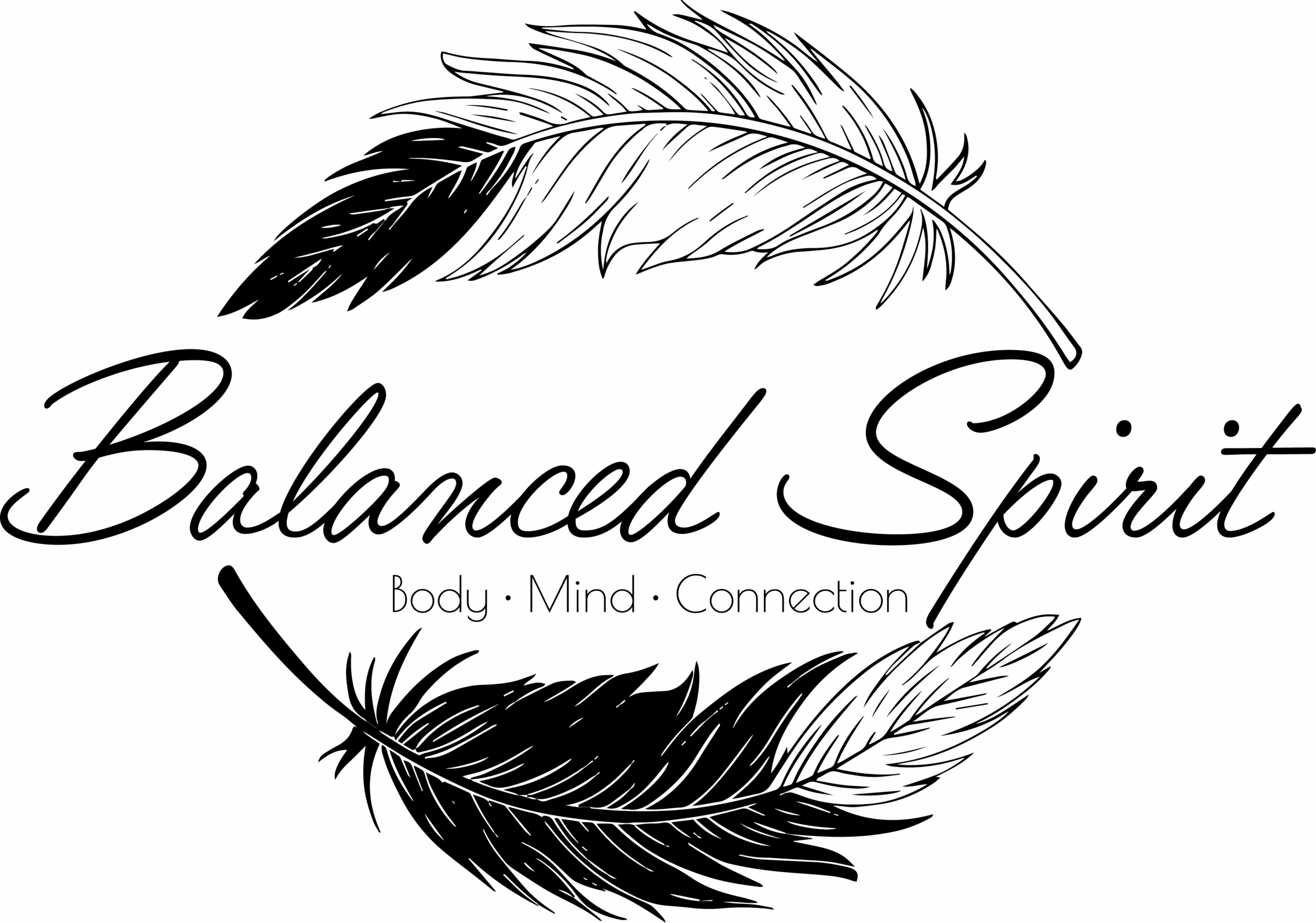Red light therapy is gaining acclaim not just as another wellness craze but as a tool with numerous scientifically-backed benefits. This therapy involves exposing the skin to low-level red light wavelengths, which can penetrate deeper than regular light. Users often turn to it for its potential advantages in skincare, anti-aging, and even pain relief. Scientific research is steadily uncovering the true potential of this technology, validating claims that it’s far more than a passing trend.
Understanding Red Light Therapy
What is Red Light Therapy?
Red light therapy (RLT) involves the use of low-level wavelengths of red light to treat various conditions. It’s a non-invasive treatment gaining popularity in the wellness and medical community. Typically delivered through lamps or laser devices, the therapy penetrates the skin’s surface, aiming to address a myriad of issues from skin care to muscle recovery.
How Does It Work?
At its core, red light therapy harnesses the power of specific wavelengths of light to interact with human cells, much like the process of photosynthesis in plants. When the skin absorbs this specialized light, it stimulates the production of adenosine triphosphate (ATP)—the powerhouse molecule of cells. This energy boost enhances cellular function, promotes healing, reduces inflammation, and can bolster the body’s natural processes. The treatment is seamless and painless, making it an attractive option for many seeking alternative health benefits.
Historical Background
While red light therapy might seem like a modern trend, its roots extend back to the early 20th century. In 1903, Niels Ryberg Finsen won the Nobel Prize in Medicine for his use of light in treating lupus vulgaris, a tuberculosis of the skin. His pioneering work laid the foundation for future research into light-based therapies. In subsequent decades, NASA scientists further explored the application of light therapy to bolster plant growth and assist wound healing in space. As technology advanced, RLT became more refined and accessible to the public, paving the way for its popularization in both medical and wellness spheres today.
Health Benefits of Red Light Therapy
Skincare and Anti-aging Effects
One of the most sought-after benefits of red light therapy is its dramatic impact on skin health. Regular exposure can help to reduce wrinkles, fine lines, and improve overall skin texture. The light stimulates collagen production, the protein responsible for skin elasticity and firmness. For those battling acne, red light’s anti-inflammatory properties can also reduce breakouts and minimize scarring. This combination of effects makes the therapy a prized non-surgical option in the fight against aging and skin issues.
Pain Relief and Recovery
Athletes and fitness enthusiasts laud RLT for its role in pain management and accelerated recovery. By boosting circulation and reducing inflammation, the therapy can alleviate chronic pain and discomfort from conditions such as arthritis and tendonitis. Furthermore, it helps in quicker recovery post-workout by reducing muscle soreness and hastening tissue repair. As a result, it’s a favored technique not just for treating injuries but also as a preventive measure to enhance athletic performance.
Additional Health Benefits Supported by Research
Beyond skin health and pain relief, red light therapy offers a plethora of research-backed benefits.
– Mood and Mental Health: Studies indicate that RLT may help alleviate symptoms of depression and anxiety by triggering the release of endorphins and reducing cortisol levels.
– Improved Sleep Patterns: By regulating the production of melatonin, red light exposure can promote better sleep, aiding those with insomnia or irregular sleep patterns.
– Enhanced Immune Function: Research points to RLT’s potential in strengthening the immune system, making it a supportive therapy in reducing susceptibility to illnesses.
Red light therapy’s scientifically-supported advantages continue to gain momentum, proving that it’s much more than a fleeting wellness trend.
Scientific Research on Red Light Therapy
Overview of Key Studies
Red light therapy (RLT) has gained traction not just as a wellness trend but as a scientifically supported therapy. Several key studies have laid the foundation for understanding its impact on health. For instance, research has shown that RLT can promote wound healing and improve skin conditions by penetrating the skin and catalyzing cellular regeneration. A study published in the “Journal of Cosmetic and Laser Therapy” found that participants experienced significant improvement in skin complexion and texture, endorsing RLT’s credibility in skincare.
Another critical study in the “Journal of Rheumatology” demonstrated that RLT might facilitate muscle recovery by reducing inflammation and oxidative stress. These studies underline the diverse applications of RLT, ranging from aesthetic enhancements to more profound health benefits.
Clinical Trials and Their Findings
Clinical trials have further corroborated the positive effects of red light therapy. A notable trial conducted at Harvard Medical School evaluated RLT’s efficacy in treating joint pain. Participants reported noticeable relief in pain levels, showcasing RLT’s potential as an alternative pain management therapy. Additionally, a clinical study examining the effects on hair rejuvenation revealed that routine sessions led to improved hair density, providing hope for those struggling with hair thinning. Moreover, trials focusing on mental health and cognitive function have yielded promising outcomes. Subjects undergoing RLT sessions exhibited reduced symptoms of depression and anxiety, indicating its potential as a supplementary mental health treatment.
Future Research Directions
Despite the promising findings, the exploration of red light therapy is far from complete. Future research directions are looking at more specific applications and understanding long-term effects. Scientists are interested in the molecular mechanisms that underlie RLT’s benefits, such as the role of mitochondria, the cell’s powerhouse, in therapy-induced healing processes.
Additional studies aim to pinpoint optimal wavelengths, durations, and frequencies for various conditions. Research is also expanding into less-explored areas, such as RLT’s effects on brain health, which could revolutionize treatments for neurodegenerative diseases.
As scientific inquiry continues to evolve, red light therapy’s potential might grow even further, solidifying its status beyond a fleeting wellness trend to a mainstay in therapeutic treatments.
Red light therapy is more than just a passing fad; it is a promising avenue in health and wellness supported by scientific research. Its range of benefits, from skincare improvements to anti-aging effects and pain relief, offers a compelling case for its inclusion in your health routine. Whether you are looking to enhance your skin’s radiance, diminish the signs of aging, or relieve chronic pain, red light therapy provides a natural and safe option worth considering.
(written by Alicia DePeal, LMT)



